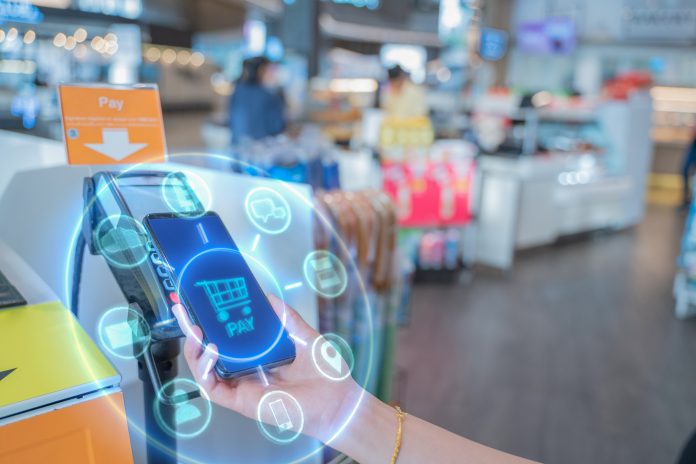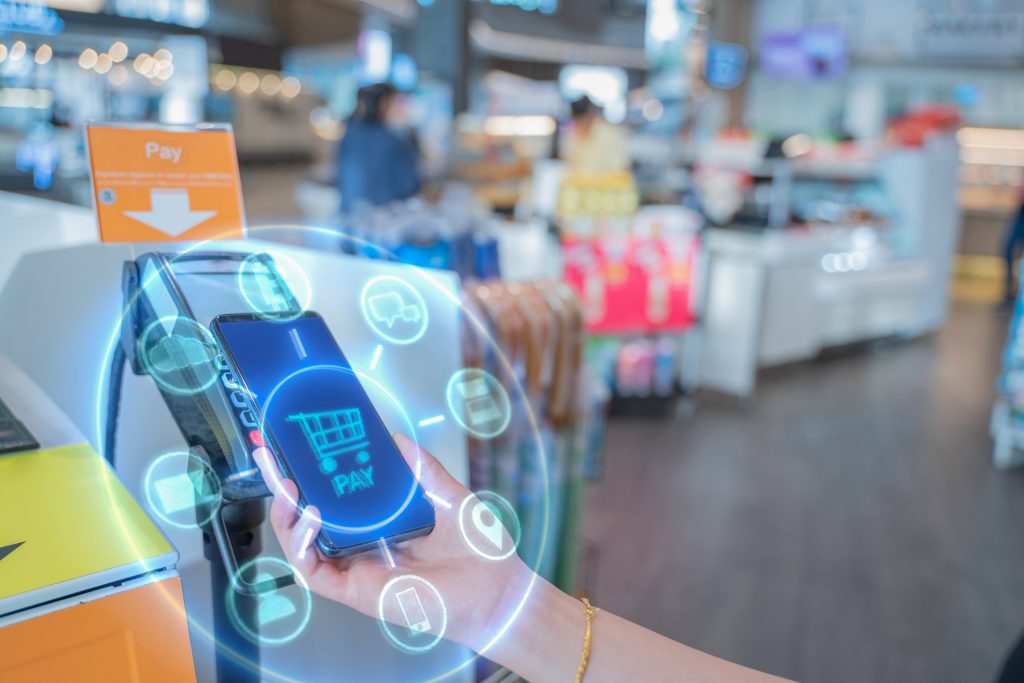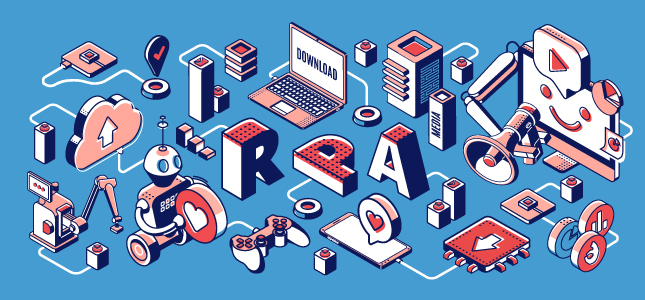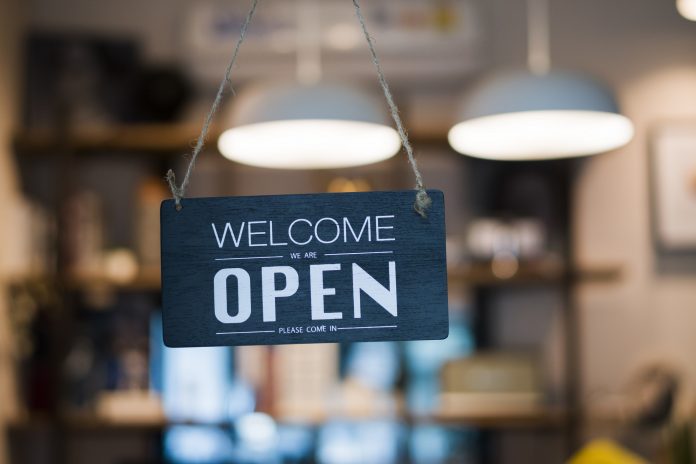Social media enables people of various backgrounds, cultures, and communities to connect and share special life events. It has also become an uncertain ground for malicious content. Misinformation, violent content, and other harmful media are everyday occurrences for users. That’s why firms are increasing investment in content moderators to monitor and track potentially sensitive footage with varying levels of severity.
With content moderating solutions estimated to be worth nearly $11.8 billion by 2027, an increased focus on digital advertisements and data will mean more intense focus on what type of content is posted on social media websites. While AI is a vital part of discerning a degree of media before it reaches an agent, humans bear the brunt of confirming and blocking a majority of harmful content. Therefore, it is critical that mental health becomes a priority for the employees that act as a front line.
Here are 3 ways your organization can incorporate wellness initiatives, reactively and proactively, to better ensure a healthier and more supportive space for content moderator employees.
1. Embrace a culture of balance
The foundation of a wellness culture begins with ensuring a healthy environment for employees. Content moderating organizations need to consider a multitude of factors that impact an employee’s life in and out of the workplace such as: amount of severe content watched, healthy communication with co-workers, self-care, and a supportive community of friends and family.
To help encourage healthy habits and prevent harm, an impactful wellness program should consider its employees’ space, body, and mind:
- Motivational posters aren’t enough. A healthy content moderation environment needs to contain outdoor spaces, easy access to medical professionals, on-site gyms, and counseling rooms.
- Leave the desk. Movement programs (classes, on-site gym, fun runs), wellness boot camps, and nutritional items encourage healthy habits and activity inside and outside of work.
- Encourage mindfulness. Wellness programs should include on-site meditation, sleep education and awareness, and on-site counselors and psychotherapists (individual & group sessions). These programs support and encourage awareness of oneself and mental well-being.
Backing well-balanced initiatives that impact the everyday life of your content moderation agents isn’t a perk, it’s a necessity. As the market continues to grow, the need to check, communicate, and grow with agents is key to a healthy foundation.
2. Build a responsive wellness model
Throughout the content moderator’s employee journey, the company must provide support and resources for well-being. From the first recruiting contact and employee onboarding to training and daily associate activity be sure everyone feels connected and supported.
A vital step to ensure the mental well-being of employees is creating responsive workflows, based on the intensity and quantity of work to be performed. This allows employees to work on multiple lines of business during any given day, with the necessary steps to deescalate when needed.
If an employee is typically dealing with low severity items, i.e. misinformation, they may only require weekly team meetings to discuss company initiatives, data/metrics, employee morale, team sharing for unity and group support and voluntary programs like counselor sessions and physical & mental wellness activities
On the other hand, if the content reaches a high severity, i.e. child violence, it will require a reduced daily production and increased coaching/mentoring. In addition to mandatory preemptive programs such as monthly counselor sessions and wellness assessments.
Be responsive, instead of waiting for harmful content to arrive then acting on it. As the severity increases, the amount of content reviewed within a day must decrease to achieve a healthy and productive balance.
3. Support healthy employees with AI and digital tools
When humans are not there to support employees, differentiated technology can be used to continue employee wellness that’s personalized and tailored to the unique needs of the individual. AI can be used to help preemptively and proactively support agents against stressful interactions.
At TTEC we envision real-time health and wellness bots with the potential to monitor and identify when an employee falls below acceptable mental well-being thresholds. These bots can potentially be a customizable high-tech AI platform that provides a Roadmap to long term Wellness.
If an agent is viewing highly severe work, it’s essential for bots to leverage data analytics to catch emotional cues and ensure the next workload is less intense. Our RealPlay bot enhances employee engagement through real-time feedback and coaching opportunities for successful mental health discussions.
Deliver the support content moderation agents deserve
The intent of content moderation is to foster a healthy digital landscape for customers. The same effort needs to be invested in employees. TTEC’s Workforce Management (WFM) best practices can help support content moderation agents achieve their career goals in a healthy and communicative environment. A world-class combination of people, processes, and technology makes this possible by deploying:
- Employee-friendly schedules: Pre-defined schedule prior to hiring, consistent audits on agents shifts and support coverage
- WFO On-The-Go: Empowering agents to access and manage their schedules online, anywhere
- Text Connect Blast: SMS solution to provide real-time communication to employees OT / Time Off opportunities
- Contingency management: Business continuity processes to ensure operations remain strong, even during uncertain times
- Absence notification: IVR, web or text. Call in absent, sick, tardiness or leaving work early on the channels agents prefer
At TTEC, we’ve had over 40 years of perfecting agent lifecycle management. Our WFM practices can create, support, and manage agent productivity and well-being to deliver great experiences at scale.











